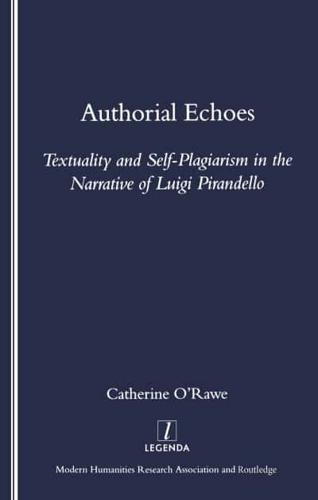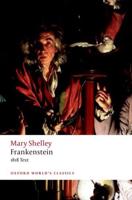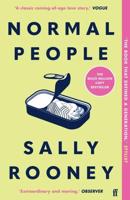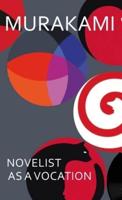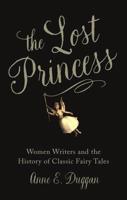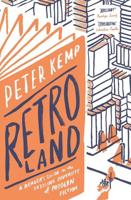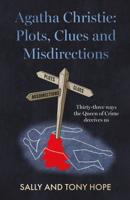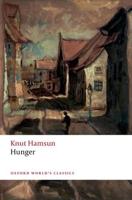Publisher's Synopsis
Luigi Pirandello is best known for his experimental plays, but his narrative production has not enjoyed the same degree of critical attention. O'Rawe's study represents the first major reassessment of this output, including the 'realist' novels, the historical novel I vecchi e i giovani (1909) and the autobiographical Suo marito (1911). The book identifies in Pirandello a practice of 'self-plagiarism' - constant rewriting and revision and obsessive re-use of material - and explores the relation of these overlooked modes of composition to the author's own theories of authorship and textuality. Drawing on a wide range of critical theory, O'Rawe repositions Pirandello as a major figure in the development of European narrative modernism.
